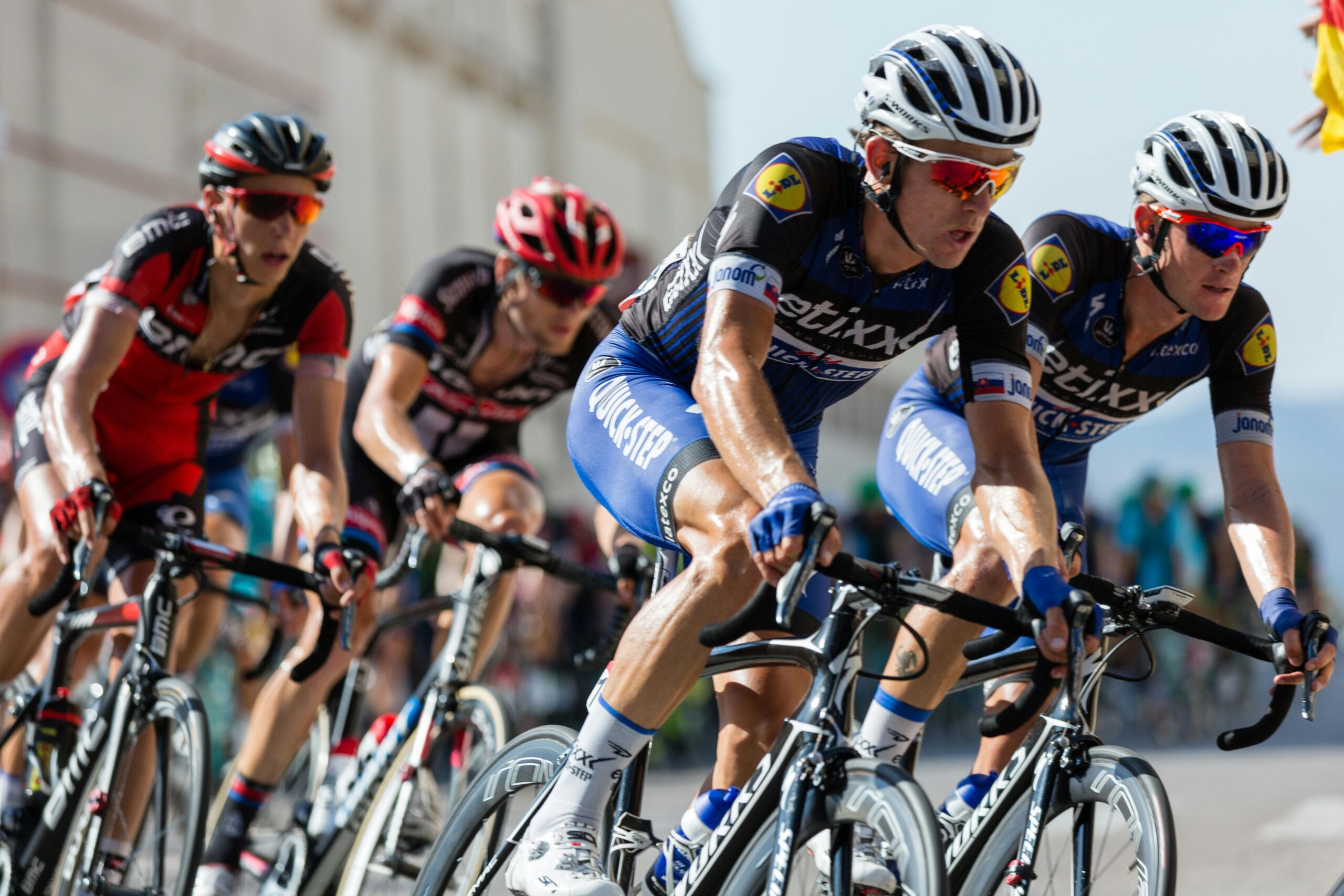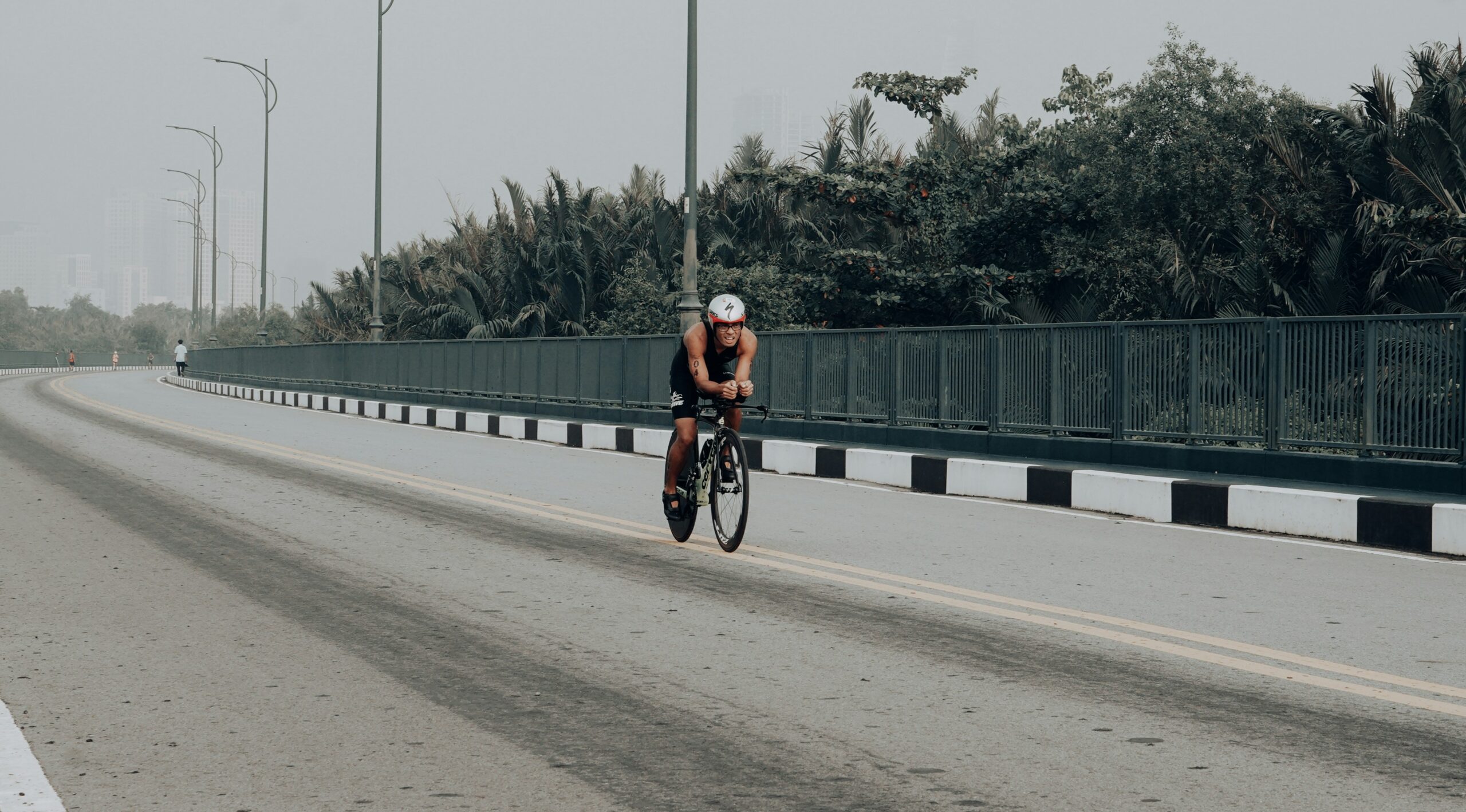Flat road races may lack the dramatic climbs of mountainous courses, but they are anything but easy. These events test a rider’s ability to sustain high power outputs, maintain aerodynamic efficiency, and tactically outmaneuver competitors. Success requires a mix of steady-state endurance, explosive sprint power, and sharp tactical instincts.
This blog will explore a structured workout designed for the Peak phase of your training plan, focusing on the unique demands of flat road racing. By honing your speed, drafting technique, and sprint capabilities, this session prepares you to excel in these fast-paced events.
The Key Challenges of Flat Road Racing
1. Sustained High-Speed Efforts
Flat races demand prolonged efforts in heart rate zones 3 to 5 or CP90 to CP60 (power zones representing 90 to 60 minutes of sustainable effort). These steady-state efforts require strong aerobic endurance and efficient pedaling technique.
2. Tactical Positioning and Drafting
Flat road races often come down to group dynamics, where drafting plays a critical role in conserving energy. The ability to work effectively in a paceline or echelon while minimizing energy expenditure is essential.
3. Sprint Finishes
Many flat road races end in a sprint, making explosive power and positioning skills vital. Riders must be able to deliver maximum effort in the final moments while jostling for position in a chaotic peloton.

The Flat Road Race Training Session
This training session is designed to simulate the physical and tactical demands of flat road racing. It combines steady-state efforts, drafting practice, and sprinting to prepare you for race day.
Warm-Up
Start with a 15–20-minute warm-up, gradually increasing intensity. Include a few short accelerations to activate your muscles and prepare your cardiovascular system for the efforts ahead.
Steady-State Paceline Work
The first part of the workout focuses on sustaining high-intensity efforts while working in a paceline with a training partner:
- Intensity: Ride for 20 to 40 minutes, alternating between heart rate zones 3 to 5 or CP90 to CP60 if using a power meter. These zones simulate the effort required to maintain a high-speed breakaway or keep pace in the peloton.
- Duration of Pulls: Alternate pulling for 3 to 5 minutes. The pulling rider adopts a very aerodynamic position, focusing on minimizing drag and maintaining consistent power.
- Surprise Attacks: During each pull, the leading rider should attempt a brief acceleration to drop the trailing rider. These surprise efforts simulate attacks and help train the ability to respond quickly to changes in pace.
Sprint Intervals
After completing the steady-state portion, transition to sprint training:
- Maximum Effort: Perform six to eight 20-second sprints at maximum intensity.
- Focus Areas: Emphasize explosive power, quick acceleration, and proper sprint form.
- Recovery: Take ample recovery between sprints to ensure each effort is truly maximal.
Progression During the Peak Period
As you move through the Peak period, reduce the duration of the steady-state portion by about 20% with each successive session. This tapering allows you to maintain sharpness and freshness leading into your race.

Why This Training Approach Works
1. Builds Race-Specific Fitness
The steady-state portion replicates the sustained efforts required to maintain a breakaway or pace in the peloton, while the sprint intervals prepare you for the decisive moments of the race.
2. Enhances Tactical Skills
By incorporating surprise attacks and paceline dynamics, this workout trains your ability to respond to real-world race scenarios, such as accelerations and attacks.
3. Develops Sprint Power
The sprint intervals at the end of the session mimic the demands of a race finish, where explosive power and proper positioning often determine the outcome.
Optimizing Your Flat Road Race Training
1. Nail Your Aero Position
Flat road racing rewards aerodynamic efficiency. Practice holding an aero position during the steady-state efforts, focusing on reducing drag while maintaining power output.
2. Perfect Your Paceline Technique
Work with a training partner or group to refine your drafting skills. Smooth transitions between pulls and consistent pacing are critical for conserving energy and maintaining speed.
3. Prioritize Recovery
Recovery between intervals is as important as the intervals themselves. Allow enough time between sprints to ensure you can deliver maximum effort each time.
4. Monitor Your Data
Track your power output, heart rate, and cadence during the workout. Reviewing these metrics can help you identify areas for improvement and ensure you’re hitting the right intensity levels.
Applying These Skills on Race Day
When it comes to race day, translating your training into performance requires strategic thinking and execution. Here are some tips to make the most of your preparation:
1. Conserve Energy in the Pack
Stay sheltered in the peloton to minimize wind resistance and conserve energy for key moments in the race. Position yourself intelligently, avoiding the front unless you’re in a breakaway or setting up a sprint.
2. Respond to Attacks Strategically
Flat road races often feature frequent attacks. Decide when to respond and when to let others chase, conserving your energy for the final sprint or decisive moments.
3. Master the Sprint Finish
Positioning is critical in a sprint finish. Start near the front of the pack as the sprint unfolds, and time your effort to avoid fading before the line. Use the explosive power developed in training to deliver a decisive kick.

Common Challenges and Solutions
1. Inconsistent Power Output
Maintaining consistent power during the steady-state portion can be challenging, especially in a group setting. Focus on pacing and communication with your training partner to avoid surges and lulls.
2. Difficulty Holding Aero Position
If staying in an aero position feels uncomfortable, gradually increase your time in this position during training. Proper bike fit can also make a significant difference.
3. Fatigue During Sprints
Fatigue from the steady-state efforts can impact your sprint performance. Ensure you’re well-fueled and adequately recovered before each session.
Conclusion
Flat road races are a test of speed, strategy, and sprinting prowess. By incorporating this structured training session into your Peak period plan, you can develop the fitness and skills needed to excel in these fast-paced events.
From sustained efforts in an aero position to surprise attacks and explosive sprints, this workout mirrors the demands of flat road racing. Pair it with smart race-day tactics, efficient drafting, and precise positioning, and you’ll be well-equipped to dominate the competition.


Leave a Reply